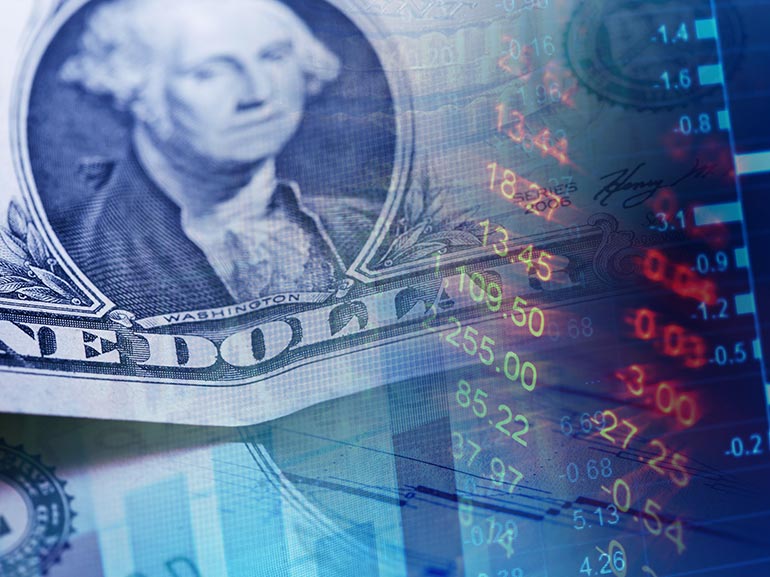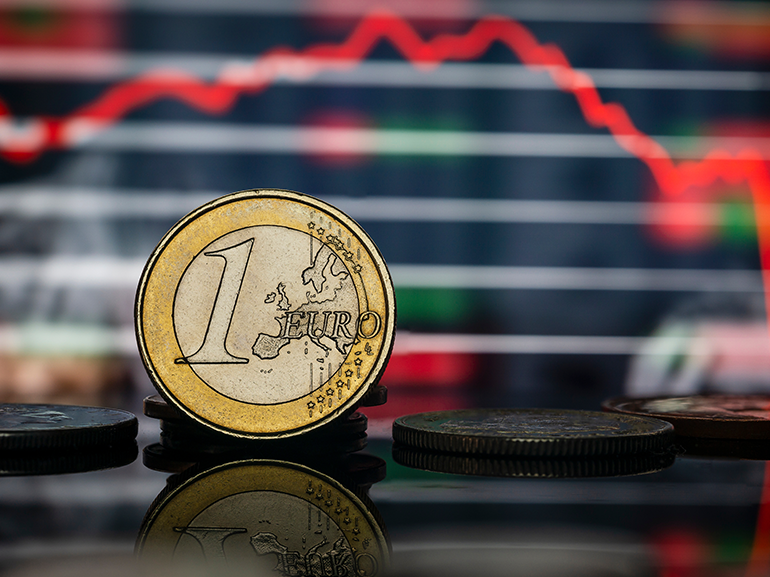EUR/USD EURUSD
The EUR/USD, otherwise known as the 'Fiber', is a Forex currency pair that is based on the Euro and the U.S. dollar. The EUR/USD price reflects the value of the U.S. dollar in Euro. Yahoo! Finance
Traders' Sentiments
Info
The EUR/USD, otherwise known as the 'Fiber', is a Forex currency pair that is based on the Euro and the U.S. dollar. The EUR/USD price reflects the value of the U.S. dollar in Euro. Yahoo! Finance
| Spread | 0.00015 | Spread (%) | 0.01% |
|---|---|---|---|
| Overnight funding - Buy | -0.0101% | Overnight funding - Sell | -0.0013% |
| Initial margin | 0.33% | Maintenance margin | 0.17% |
| Leverage | 1:300 | Expires daily | No |
Related Instruments
| Name | Sell | Sell button / Change | Buy | Change | ||
|---|---|---|---|---|---|---|
| Sell | Buy | Trade |
Upcoming Events






Why Plus500?
What is EUR/USD?
How do I trade EUR/USD?
- Choose how you want to trade EUR/USD
- Learn about the EUR/USD Currency Pair CFD
- Open and verify your Plus500 account
- Plan your EUR/USD trading strategy
- Start trading!
Explore Forex
Related News & Market Insights
Why Plus500?
EUR/USD FAQ
EUR/USD is the currency pair of the United States dollar vs the euro, the shared currency of the Eurozone. USD and EUR are the most heavily-traded currencies in the world, covering more than half of the total trading volume in the Forex market.
The currency pair indicates how many US dollars are needed to purchase one euro. For example, if the pair is trading at 1.35, it means you need 1.35 USD to buy 1 EUR.
In CFD trading, your profit (or loss) is determined by reference to the price movement of the currency pair. You are not buying or selling the underlying asset.
Among the factors affecting the price movement of EUR/USD are:
US Fed and EU ECB interest rates - The Federal Open Market Committee (FOMC), a committee within the United States Federal Reserve System (the Fed), meets on a bi-monthly basis, and makes key monetary policy decisions on interest rates and money supply.
The European Commission, an institution of the European Union, typically holds a monetary policy meeting once a month, and is responsible for managing the day-to-day business of the EU – one of the largest trading blocs in the world.
For example, higher interest rates in the US decrease the supply of US dollars in the market, typically causing EUR/USD to fall.
Lower interest rates in the US raise the supply of US dollars in the market, typically causing EUR/USD to rise.
Employment numbers - On the first Friday of every month, the US Department of Labor's Bureau of Statistics releases the Employment Situation Summary for the previous month. The report, which is commonly known as NFP (nonfarm payrolls) or 'jobs report', is an influential statistic on the state of the labor market in America. It represents the number of jobs added or lost over the last month, as well as the change in the unemployment rate.
The Eurozone does not have consolidated employment figures. However, job results and unemployment reports for the major economies in the trading bloc – Germany, France and Italy – tend to have an effect on the exchange rates of the euro.
Geopolitical tensions and uncertainty - Political uncertainty, and/or instability between the EU and US has a major effect on the price of EUR/USD. Not knowing what will happen to political, social and economic realities in these trading blocs can have a psychological effect on day traders who wish to profit from price changes in EUR/USD and other financial instruments.
Explore more factors that can shift Forex prices in our article on "What Events Impact Forex Trading".
Foreign currency exchange rates are influenced by the difference in value of a currency or economic region, such as the euro (EUR) in comparison to another country's or region's currency, such as the United States dollar (USD).
This difference is based on the terms of trade, political stability and overall economic performance between these countries or regions, as well as their economic growth, economic health, interest rates, inflation rates and balance of payments (exports, imports, government debt, etc.).
- If USD gains value, the EUR/USD pair falls.
- If USD loses value, the EUR/USD pair rises.
For more information, read ‘What are the economic factors affecting EUR/USD trading?’.
When you trade CFDs on EUR/USD with the Plus500 platform you enjoy a number of advantages compared to trading EUR/USD directly in the foreign exchange market. These include:
- Leverage of up to 1:300
- Tight spreads
- Zero trading commissions
- Intuitive mobile app with charts and technical indicators
- Round-the-clock customer support in your language
In order to trade CFDs on EUR/USD, simply follow these steps:
- If you don’t already have a Plus500 account, you can create a Trading Account Here.
- Complete registration and make a deposit.
- Search for EUR/USD under ‘Majors’ or type ‘EUR/USD’ in the search bar.
* You can add EUR/USD to your Watchlists, by clicking the Watchlists star in the instrument’s info screen. - Consider setting stop orders that can help you control your risk.
- Check for events affecting the price of EUR/USD like FOMC, ECB, NFP meetings and reports on the Economic Calendar.
- Open a position according to the direction you think EUR/USD will move.






